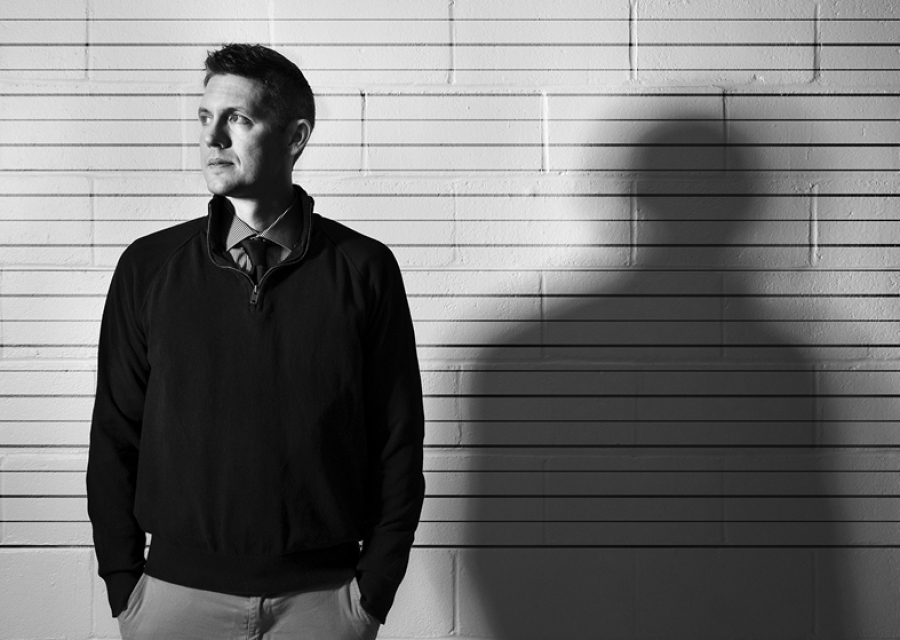
BUFFALO, NY - Aside from DNA evidence, nothing carries as much weight with a jury as eyewitness testimony. Yet faulty eyewitness identification is the single greatest cause of wrongful convictions in the criminal justice system.
“More than 70 percent of 347 exonerations that have taken place, to date in the U.S., were the result of mistaken eyewitness identification,” says Charles A. Goodsell, PhD.
New research by the associate professor of cognitive psychology reveals the culprit may lie within eyewitness identification methods routinely used by law enforcement. Funded by a grant from the National Science Foundation, Goodsell’s research tested the fallibility of show-ups and lineups.
A show-up, Goodsell explains, occurs immediately or shortly after a crime. Police apprehend a suspect and bring him or her back to the scene to be identified by a witness. During a lineup, which takes place at a police station, an eyewitness is asked to identify an alleged perpetrator out of a group of (usually six) individuals.
“Lineups outperformed show-ups in each of the scenarios tested,” says Goodsell, who was surprised by the findings. “Basic research tells us that memory doesn’t get better with time so it would seem that a show-up is a more accurate test of memory simply because it’s done so soon after the crime whereas a lineup places greater demands on the memory because it takes place days, sometimes weeks after a crime.”
Additional research revealed clues as to why lineups may be more accurate. “A lineup forces witnesses to probe their memories deeper, to look at, compare and discount distinguishing features among lineup members.” This, Goodsell continues, “results in better discrimination between guilty and innocent.”
Goodsell’s research also found evidence that lineups are less biased than show-ups. Often in a show-up, the suspect is in handcuffs or in the back of a police car. “This is inherently suggestive and can negatively impact witness identification, whether consciously or unconsciously.”
Independent of what type of identification method is used, Goodsell underscores that memory can be a fuzzy accomplice.
“It’s a common misconception that the human mind works like a video camera, accurately recording events we see and hear, and ready to be played back later.” In reality, “memories are a reconstruction of the past, influenced by what was actually witnessed, expectations, interpretations, and even other people’s recollections.”
Despite any foolproof reliability of eyewitness identification, it remains one of the most persuasive forms of evidence. Until that is overturned, Goodsell will share his research to inform law enforcement, identify best practices and influence public policy, “so as to help make the criminal justice system – more just.”
Charles Goodsell conducted his research in collaboration with Scott D. Gronlund, PhD, from the University of Oklahoma and Jeffrey S. Neuschatz, PhD, from the University of Alabama in Huntsville. Their findings have been published in several scientific journals and served as the basis for a chapter in the new book Advances in Psychology and Law.



